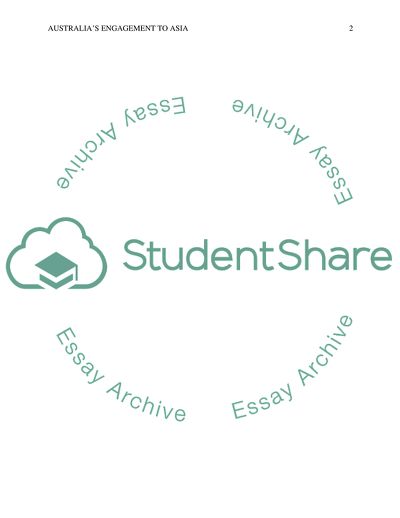Cite this document
(Australias Engagement to Asia Essay Example | Topics and Well Written Essays - 1500 words - 2, n.d.)
Australias Engagement to Asia Essay Example | Topics and Well Written Essays - 1500 words - 2. https://studentshare.org/politics/1818168-australia-and-the-world
Australias Engagement to Asia Essay Example | Topics and Well Written Essays - 1500 words - 2. https://studentshare.org/politics/1818168-australia-and-the-world
(Australias Engagement to Asia Essay Example | Topics and Well Written Essays - 1500 Words - 2)
Australias Engagement to Asia Essay Example | Topics and Well Written Essays - 1500 Words - 2. https://studentshare.org/politics/1818168-australia-and-the-world.
Australias Engagement to Asia Essay Example | Topics and Well Written Essays - 1500 Words - 2. https://studentshare.org/politics/1818168-australia-and-the-world.
“Australias Engagement to Asia Essay Example | Topics and Well Written Essays - 1500 Words - 2”. https://studentshare.org/politics/1818168-australia-and-the-world.


